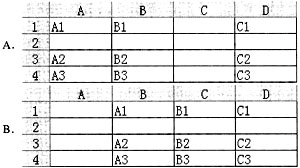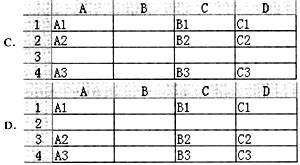问题
问答题 案例分析题
关节痛病例:简要病史:患者,女性,58岁,左膝关节痛,逐渐加重3年。
答案
参考答案:
1本例老年妇女,慢性关节痛可能是骨关节病,病史采集内容如下:
1.现病史
(1)根据主诉及相关鉴别询问1)膝部疼痛的性质、程度、有无诱因,与活动的关系。
2)有无关节功能受限及程度。
3)有无关节僵硬,活动时是否伴有响声或摩擦感,以了解关节面情况及是否有半月板损伤等。
4)是否伴有低热盗汗,消瘦乏力等,以与关节结核相鉴别。
(2)诊疗经过
1)影像学检查和化验检查结果,如X线片或CT片以及血常规、血沉等情况。
2)全身或局部用药情况,如抗生素、抗结核药或局部封闭治疗及其效果。
3)局部理疗情况,是否有效。
2.相关病史
(1)膝关节外伤史,手术史。
(2)结核病史,与关节病变是否有关。
(3)风湿或类风湿病史,以便鉴别。



